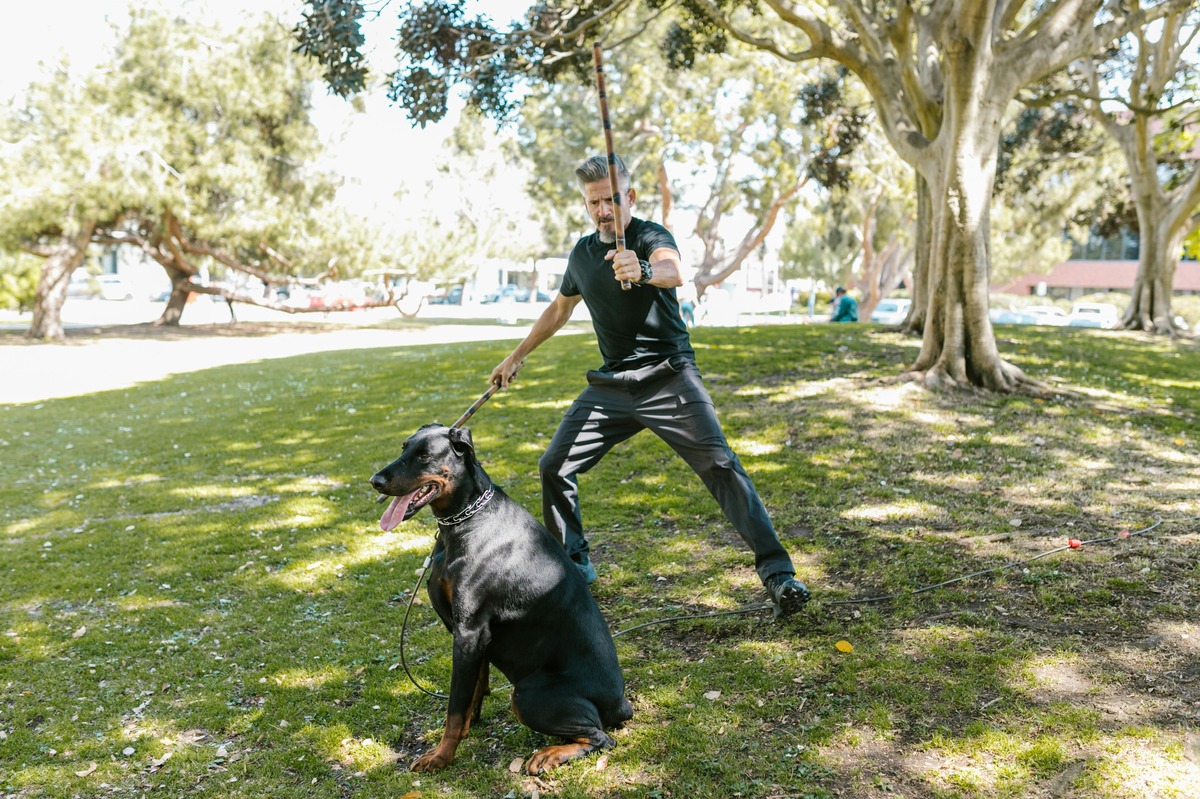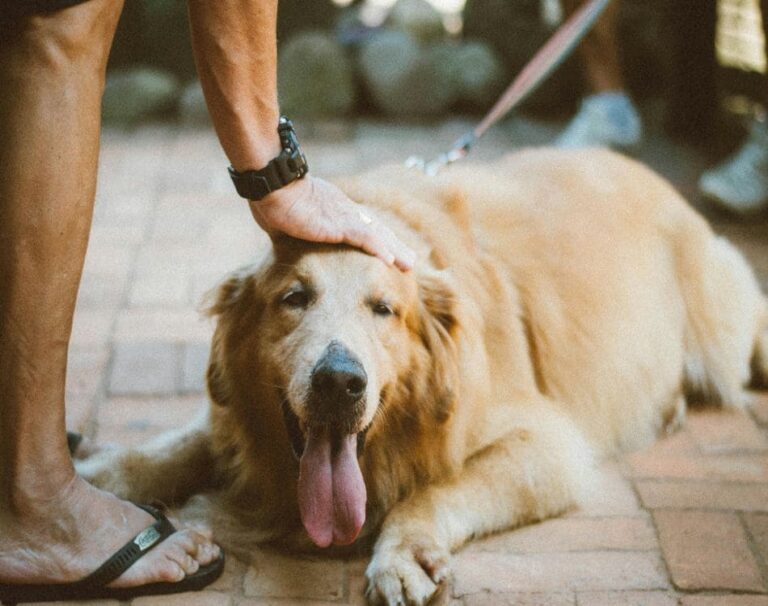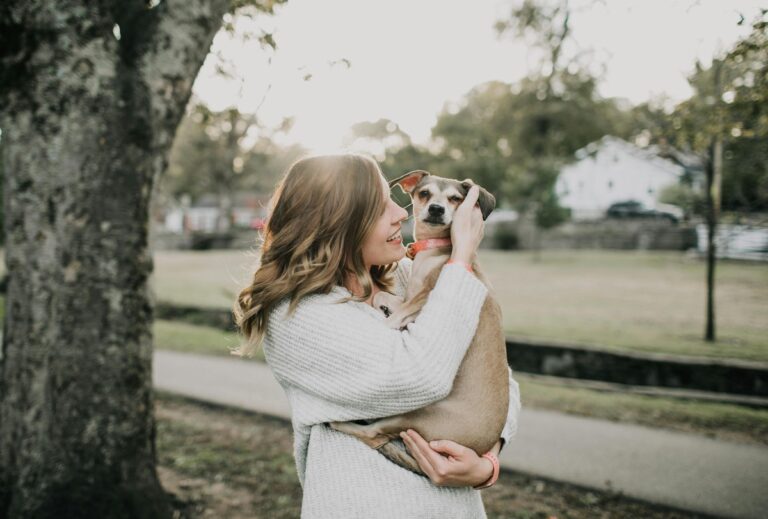The Hardest Dog Breeds to Train: What Makes Them So Challenging?
Training a dog requires patience, consistency, and a strong bond between pet and owner. While some breeds seem to pick up commands overnight, others are notorious for testing boundaries, ignoring cues, or simply doing things on their own terms. Here’s a look at some of the most difficult dog breeds to train and what makes them such a challenge.
Afghan Hound

Afghan Hounds are stunningly elegant and known for their long, flowing coats—but don’t be fooled by their looks. This breed is extremely independent-minded, often preferring to do things their own way. Their aloof nature means they’re not highly motivated by praise or treats, which can make training feel like a one-sided conversation.
Basenji
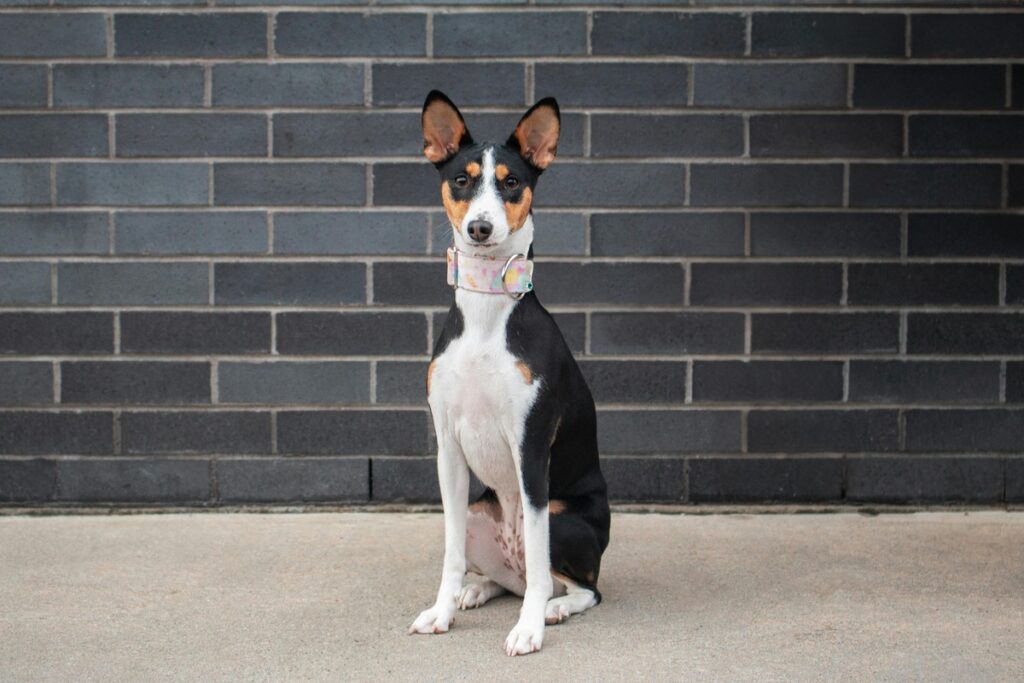
Often called the “barkless dog,” the Basenji makes up for its quiet demeanor with a strong-willed and mischievous personality. They’re clever escape artists and problem-solvers but tend to view commands as suggestions. Without variety and stimulation, they’ll lose interest fast, making training sessions frustrating for first-time owners.
Bulldog

With their laid-back attitude and adorable wrinkles, Bulldogs are lovable companions—but they can also be stubborn to the core. They may seem calm, but getting them to follow commands can be like pulling teeth. They respond best to short, positive sessions and require a trainer with serious patience.
Chow Chow
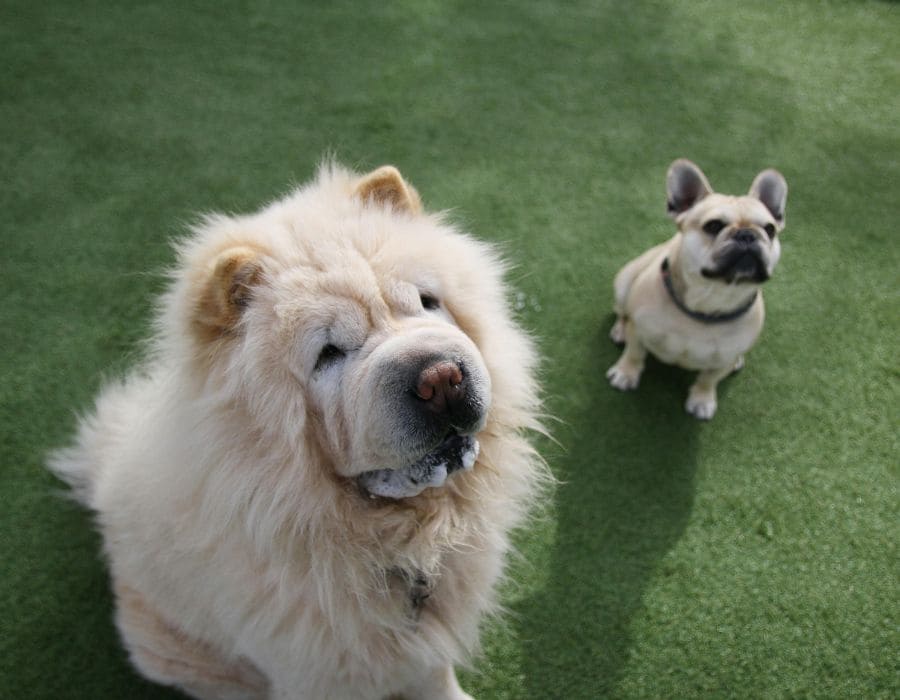
Often described as more “cat-like,” Chow Chows are aloof, proud, and highly independent. They bond closely with one person but may ignore others entirely. Their naturally dominant nature means they’ll test your leadership early and often, making early socialization and structure absolutely essential.
Borzois
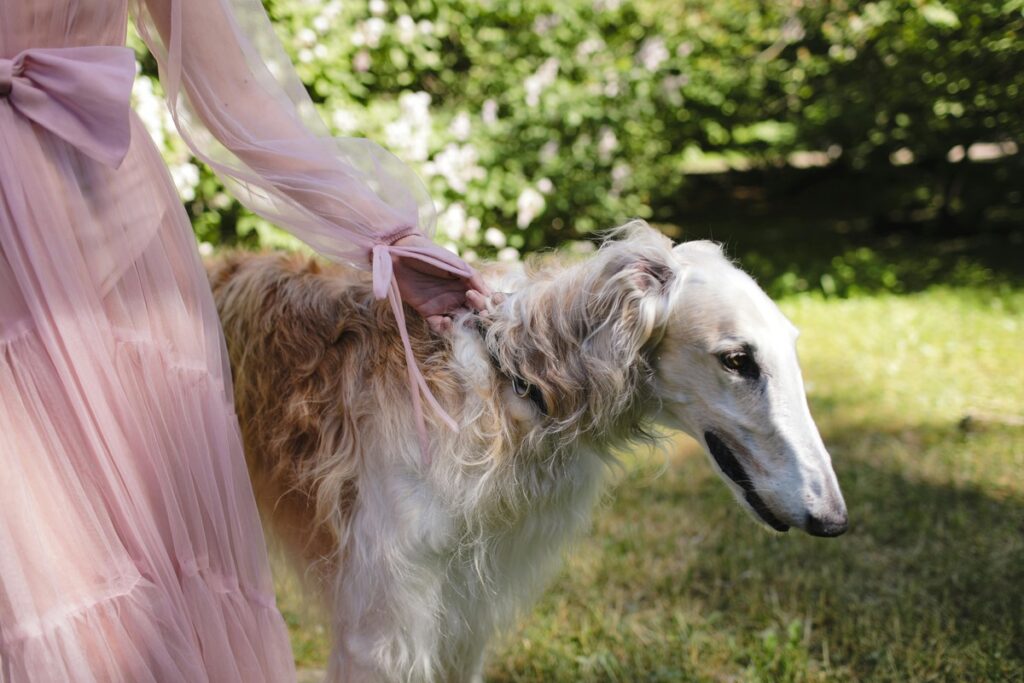
These Russian sighthounds are gentle and elegant, but also incredibly reserved and self-reliant. Borzois aren’t fans of repetition, and their calm demeanor may mask a deep-rooted resistance to obedience. They prefer quiet guidance and may shut down if pushed too hard.
Beagle

Beagles are friendly and outgoing, but also relentlessly nose-driven. Once a scent catches their attention, commands go out the window. Their scent hound instincts make it hard for them to focus, and their stubborn streak means training requires both creativity and consistency.
Fox Terrier
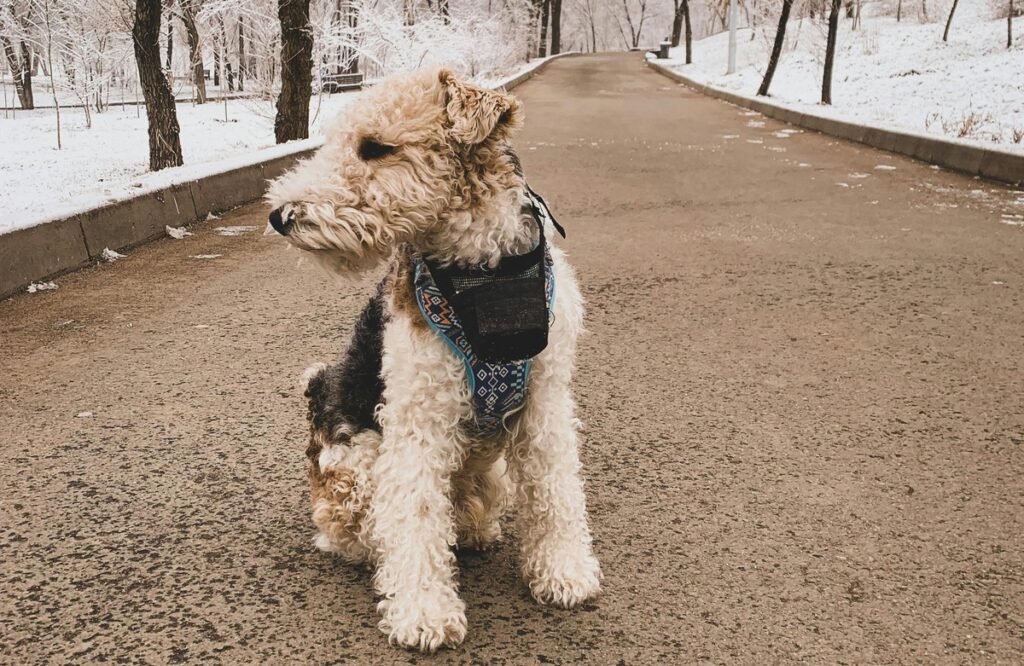
Fox Terriers are lively, intelligent, and brimming with energy—but they’re also highly impulsive and easily distracted. Their quick reflexes and curiosity make them tough to control off-leash. Without firm direction, they’ll often act on instinct rather than instruction.
Dalmatian
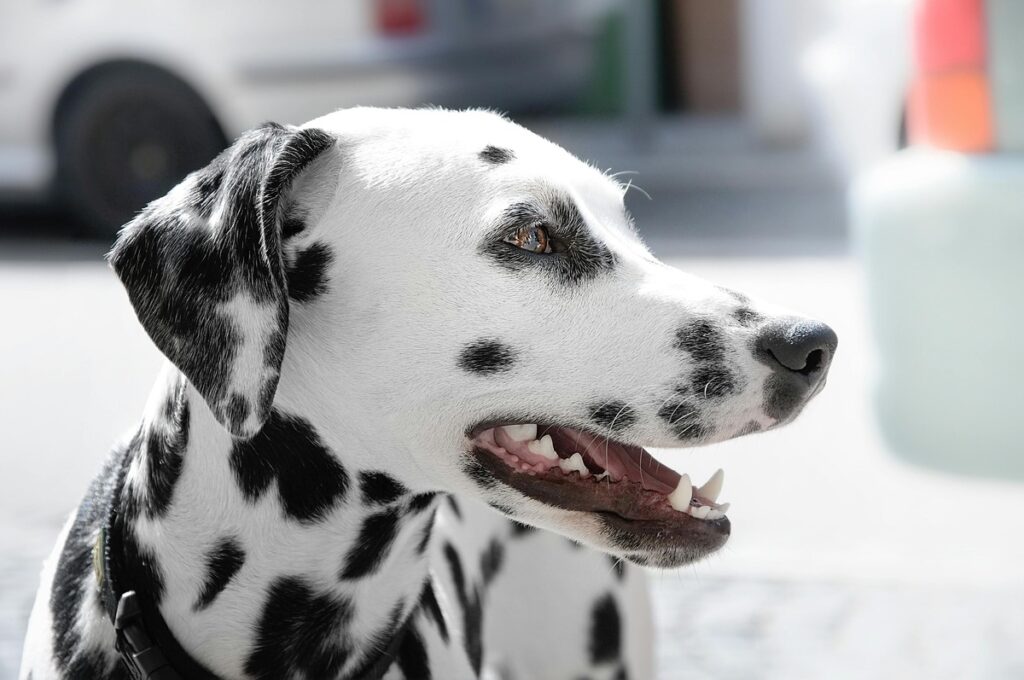
Dalmatians are athletic and alert but can be strong-willed and overly sensitive. If training is too harsh, they may shut down; too soft, and they won’t take it seriously. They thrive with experienced handlers who offer clear, balanced guidance and ample mental stimulation.
Shar Pei
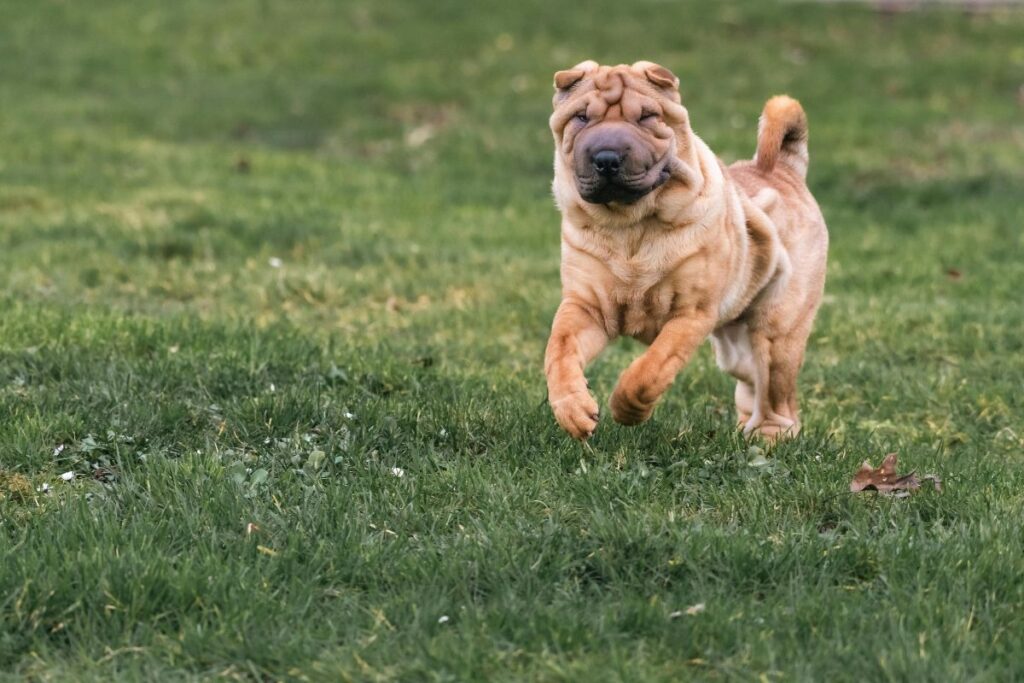
Shar Peis are known for their unique wrinkles and stoic personalities. While fiercely loyal, they’re also naturally suspicious of strangers and resist commands from anyone they don’t fully trust. Training requires a gentle hand, early socialization, and plenty of patience.
Bloodhound
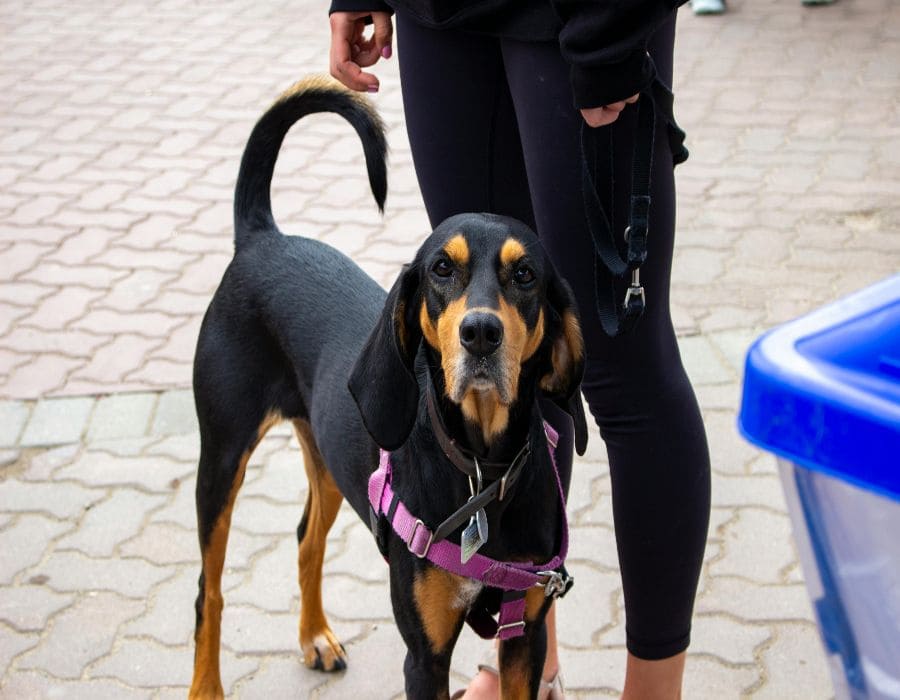
With their incredible sense of smell, Bloodhounds are driven by instinct more than instruction. They’ll follow a scent trail for miles if allowed, completely ignoring commands. Their single-mindedness makes them poor candidates for traditional obedience training unless it’s scent-based or highly engaging.
It’s Not About Intelligence
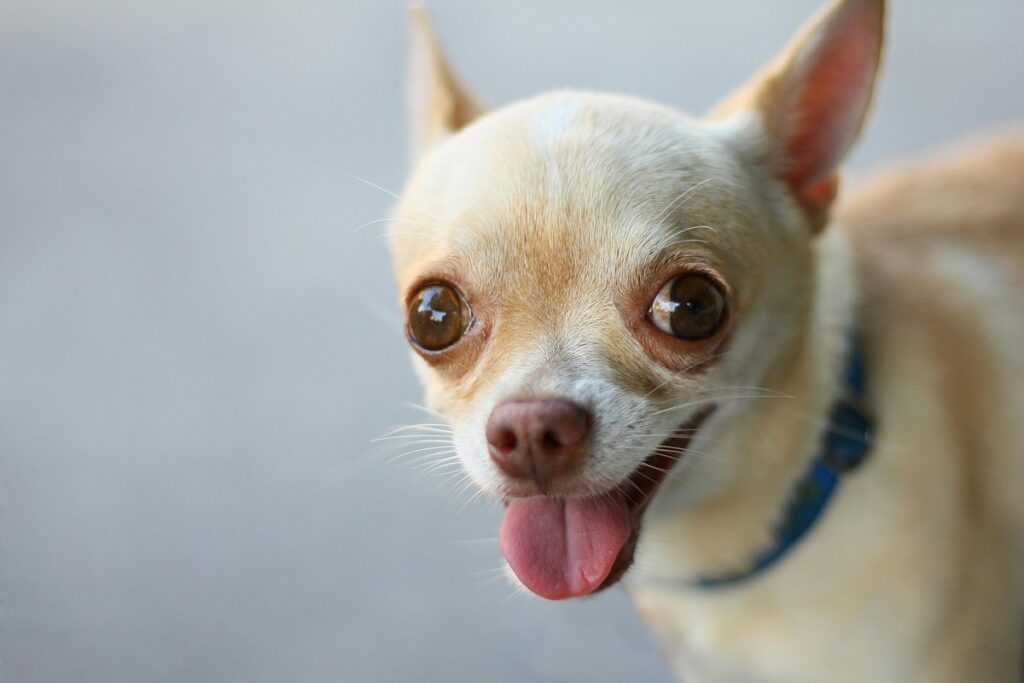
Remember, difficult to train doesn’t mean unintelligent. In fact, many of these breeds are extremely smart—they just prefer doing things on their own terms. With the right methods, plenty of patience, and a strong relationship, even the most rebellious dog can become a well-behaved companion. Just be sure to match your training style with your dog’s unique personality.

